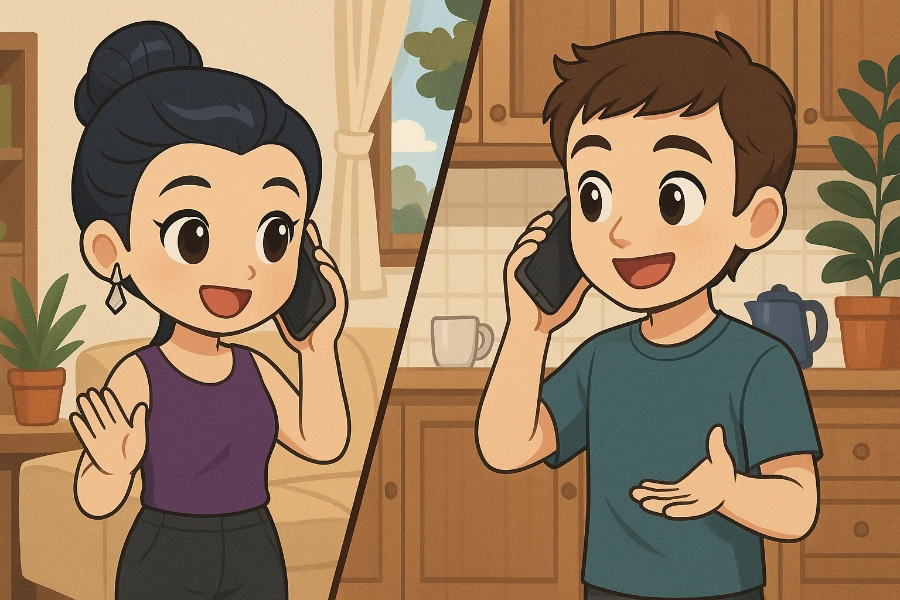Category: Courses
-
Lesson 6: Exchanging Contact Info
1) Vocabulary 2) Dialogue 3) Grammar Notes 4) Flash Cards
-
Lesson 5: Making Plans & Talking About Time
1) Vocabulary 2) Dialogue 3) Grammar Notes 4) Flash Cards
-
Lesson 4: Ordering Food & Drinks
1) Vocabulary 2) Dialogue 3) Grammar Notes 4) Flashcards
-
Lesson 3 — How are you? Where do you live? What do you do?
1) Vocabulary 2) Dialogue A: สบายดีไหมคะ (sà-baai-dii mǎi khá) — How are you? B: สบายดีค่ะ แล้วคุณล่ะ (sà-baai-dii khâ, lɛ́ɛo khun là) — I’m fine, and you? A: ฉันไม่ค่อยดีค่ะ เหนื่อยนิดหน่อย (chǎn mâi khòi dii khâ, nʉ̀ai nít nòi) — Not so good, a bit tired. B: คุณอยู่ที่ไหนคะ (khun yùu thîi nǎi khá) — Where do you…
-
Lesson 2 — Introducing Yourself: Names & Origins
1) Vocabulary 2) Dialogue 3) Grammar notes 4) Flash Cards
-
Lesson 1 — Absolute Basics: Hello, Thanks, Yes/No, Polite Particles
1) Vocabulary 2) Dialogue 3) Grammar Notes 1) Polite Particles (คำลงท้ายสุภาพ) In Thai, polite particles are added at the end of a sentence to make it sound more polite and respectful. These particles don’t have a direct meaning like “sir” or “ma’am” in English, but they are essential to sounding natural and respectful in Thai…






